Ashika Morasiewicz
Outdoor Adventurer from the North Shore, BC
T1D Athlete Profile: Ian MacNairn, Ultra Runner
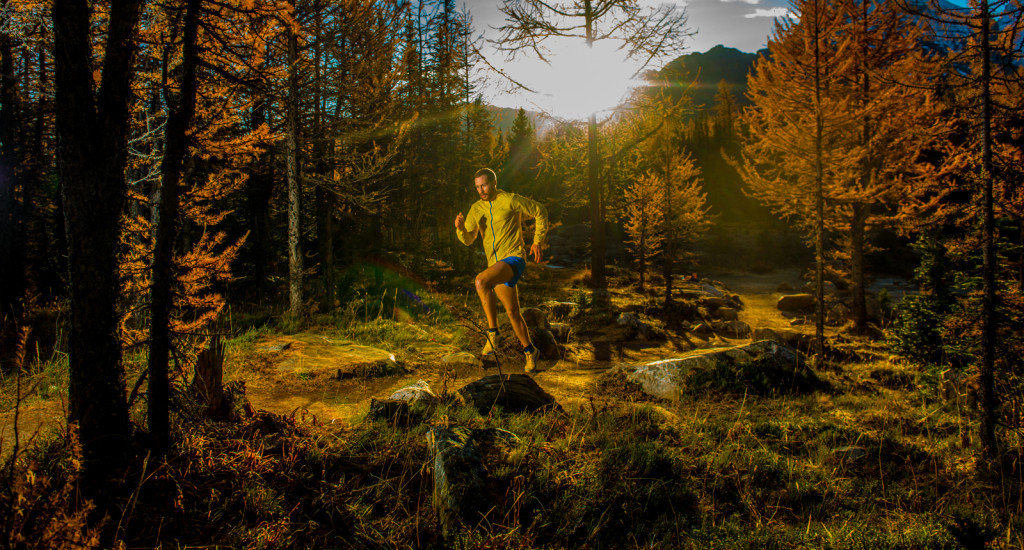
Above photo credit: Bookstrucker Photography
Interview: Ian Adam Smith MacNairn, Ultra Runner, Type 1 Diabetic
Date: November 10, 2015
I recently attended a Western Slipstream event in Squamish, BC., hosted by Connected in Motion. I met a fellow type 1 diabetic and ultra runner, Ian MacNairn. I was told in advance Ian would be attending the event, and I did my due diligence in checking out his online running resume. Needless to say, I was fascinated that anyone, let alone a type 1 diabetic, is able to accomplish such immense objectives. As the weekend went on, Ian shared stories and insight, and associated positively with the group. We re-connected after the weekend and thought a great way to reach out to the type 1 community would be through a bit of a Q & A – well, that and I had a dozen questions burning in the back of my mind. Here are the segments of our conversation, I’m sure you’ll find it as inspiring as I do, and hopefully, this will help you in reaching your own goals.
What does a typical training week look like for you in terms of mileage and workouts? My training varies over the course of a year and throughout each training cycle. I rarely run fewer than 100K/week. My maximum training volume is about 175K/week and the largest week I have had in the past year is 220K (including racing). Have you jumped on any nutritional bandwagons? Any no carb, low carb diets, stripping cleanses, or fruition binges? I have not jumped on any nutritional bandwagons. I do eat an entirely gluten-free diet as a result of having Celiac’s Disease [diagnosed in 2003]. Otherwise, I try to eat as cleanly and simply as possible – few processed foods, little junk and fast foods. What diabetes management products do you use? (meter, insulin, pump and/or CGM) Pump: Animas Vibe What are your favorite products for slow and fast absorbing carbs? My favorite slow-absorbing carbohydrate source is quinoa. My favorite fast absorbing carbohydrate source is potato (white potatoes are high glycemic and fast absorbing whereas yams and sweet potato are low glycemic slow absorbing carbs). I eat both regularly, if not daily. I love potatoes and eat them in as many forms as I can – a Bubba Gump Shrimp Co. mentality of potatoes. How do you stay fueled during an ultra race? If a race is longer than 20K, I will consume food. I rely on CLIF Bar & Company and Xact Nutrition in helping to keep me fueled during training and racing. I eat 2-3 servings of some combination of CLIF Shot Bloks and Fruit 2 or 3 bars each hour while racing and training. I supplement this with water or, if I need extra carbohydrates and caffeine, Coca-Cola. I also eat ‘real’ food at the aid stations along the course of an ultra. Often, I choose a handful of potato chips and/or a couple pieces of cut-up fruit. In my most recent ultramarathon, the Els 2900 Alpine Run in Andorra, I ate sushi rolls at each aid station. This was my first time eating sushi during a race and I loved it! What’s your pre, during, and post-race day nutrition & hydration plan? PRE: The day before a race I do not eat anything out of the ordinary. Often, I travel for races so I eat whatever I can find that is gluten-free and satiates my mood. I eat a small dinner to avoid having a lot in my GI system heading into a race. DURING: Race morning I eat a small bowl of Stoked Oats with almond milk and some berries or cut-up banana. I also have a cup of black coffee. I eat this two hours prior to race start and then eat one Fruit 2 bar or serving of CLIF Shot Bloks 10 minutes prior to the start of the race. POST: All bets are off! Often, I have little appetite immediately following a race. When my appetite returns, it returns with a vengeance. I have no typical post-race meal plan. I eat as often as I am hungry and, again, whatever I can find that is gluten-free and appealing. I also drink a lot of water to rehydrate. How do you keep your blood sugars controlled during an ultra race? In a situation where your blood sugars were difficult to manage, what did you do? How did you handle it? Of all the questions in the interview, this one has, by far, the most complex and elusive answer. In short, I do not yet know fully how to keep my blood sugars controlled during an ultramarathon. On days when I have exceptional management, I have ended up near the top of the field and, in a number of events, have won and set course records. On days when my management leaves me desiring more, I can have a poor or even disastrous result. In reality, this is the nature of diabetes management for everyone with type-I diabetes and happens on days when I run ultras and on days at home. I test my BG when I wake-up on race-day and again immediately prior to the beginning of the race (maybe 10-15 minutes beforehand). I carry a glucometer with me throughout the race or leave it to be available at aid stations along the route. I test every few hours, ideally. I try to begin each event with a BG between 8-12mmol/L (140-215 mg/dL). Slight hyperglycemia provides a safe buffer, for me, for the ensuing drop in BG that comes with running. My goal is to maintain a BG of 5-12mmol/L (90-215 mg/dL). Lower than 4mmol/L (72 mg/dL) leaves me with symptoms of extreme hypoglycaemia. I have only attempted one ultramarathon while wearing my Animas Vibe pump. I used a pump as a teenager before returning to multiple daily injection therapy (MDI) at 20. I have been pumping again now for two months. I have not yet refined my system for management on a pump during an ultra. While using MDI, I skipped my usual basal dose the morning of a race. I carried an insulin pen containing rapid-acting insulin in the event that I needed to bolus. I still carry an insulin pen as a contingency for potential pump hiccups. I typically do not have to bolus for any food consumed during a race as the energetic cost of running balances the consumption of carbohydrate. When my BG is spiking, and it sometimes does, I take a small bolus (10-25% of normal bolus). My basal rate during an ultra begins at ~15% and can drop to 0% for extended periods. This was the case using MDI and will likely be similar using my Animas Vibe pump. I stop and check my BG when I am feeling that gross, achy, dehydration of hyperglycemia. I deliver a small bolus if I am in fact hyperglycemic. If not, I am reassured I am simply experiencing the unpleasant characteristics of ultrarunning –muscle soreness and cramping, dehydration, and GI distress. This points to one of the difficulties in managing diabetes during ultrarunning: many symptoms of distress in ultrarunning mimic symptoms of hypoglycemia or hyperglycemia. I have two great tools that I use in managing diabetes while running and exploring in the mountains. The first is continuous glucose monitoring. I use a Dexcom system with a G4 sensor displayed through my pump. The other tool is self-awareness. This is a tool that we can all develop and hone, diabetes or not. The reality is that mechanical tools can, and do, fail –due to weather and environmental conditions, physical damage, or electronic malfunction. However, I must always remain able to monitor myself. To be sure, I trust my pump and CGM tools. In the (often extreme) sports I engage there is little room for error. I have selected the diabetic tools I use because they are the most precise and consistent products determined through my own testing over many months against other options. However, the strongest, most precise, and most consistent monitor I have is me. Self-awareness is a skill that should be practiced, tested, and strengthened in each of us. You were diagnosed with T1D at a young age, how did it affect you growing up? I was diagnosed with diabetes at 10 years old. Diabetes changed me. How could it not? I have difficulty recalling an identity distinct from diabetes. I have many memories of life before being diagnosed with diabetes; however, diabetes has been a part of life for so long, that this is who I am. I received phenomenal, unwavering support from my mother, father, brother, and all my extended family, friends, teachers, and mentors. Diabetes was never an excuse to halt or limit participation in any activities while growing up. One resounding memory that I return to in providing perspective on my struggles with diabetes is a walk and conversation that I had with my father as a young boy. It happened during a moment of considerable sadness and confusion. Dad posed a series of questions asking whether I would trade my condition for other realities (e.g. extreme poverty, other disability, life with instability, violence, and abuse, etc.). Each answer was clearly ‘no’. In a simple way, my father provided, and continues to provide, valuable perspective reminding that each of us has difficulties, challenges, and limitations. Diabetes need not be a burden. Rather, it can be an opportunity and tool for self-knowledge, self-awareness, and self-expansion. I am strong with diabetes, not in spite of it. What keeps you motivated? How do you avoid burnout? I am attentive to my need for rest and recovery. Taking sufficient time off after hard workouts and races and when experiencing small issues and injuries results in more time outside playing and little (if any) time burnt out physically, mentally, and emotionally. This reality is often overlooked by athletes and manifests in injury, illness, or emotional and mental burnout. What do you do apart from training and/or running? I am an athlete for The North Face and run for their Canadian team. Smartwool, Julbo Eyewear, Animas, Clif Bar, Xact Nutrition, and Stoked Oats also support my racing and exploring. I am a full-time student studying in the Leaders in Medicine Program at the University of Calgary. I am completing a doctorate (PhD) in social and cultural anthropology as well as a medical doctorate (MD). I write for numerous publications in Canada and the US about my adventures and expeditions, races, training, and anthropological pursuits. I direct a nationwide non-profit organization, Kids Run Canada, which provides access for youth to participate in trail-running. Inspiration for Kids Run Canada arose from my graduate research, which documented significant benefits from play in nature. My vision for Kids Run Canada is to foster community and respect for self, others, and the environment with a mandate to provide opportunity to explore sport and connect with nature without socioeconomic or cultural barriers. What lessons have you learned as an athlete and where do you think you can improve? I learn lessons every day, whether I run or not. And, I have an infinite number of lessons still to learn. One lesson I learn again and again is that the strongest tool for improvement is consistency. I try (not always successfully!) to implement this in all facets of my life. A second lesson that is equally important is realizing that you will run through smooth and rough patches, through deep valleys and across high peaks. No two steps are the same and not all steps are easy. Yet, all steps – arduous and easy –contribute to the distance. Staying the course and being dedicated to your practice helps you greet your ambitions. If you could give one piece of advice to an aspiring ultra runner, what would it be? Ultrarunning is an extreme variant of running. It is, foundationally, an expression of endurance. This means not only enduring in races but also in training, over months and years not days and weeks. Appreciate that progression is a function of stress and rest. Too little rest or stress limits growth. An athlete is not created in one workout or race, but through sustained practice –endurance! What message do you hope to send to the diabetes community? It takes time to know diabetes: understand and respect its challenges and limitations; implement new technologies and therapies; and, develop resolve and patience. Management is an extreme variant of endurance. Diabetes is the most profound test of endurance I will undertake. This means enduring the lows and highs; changes in therapies, health professionals and support team; and, living a healthy and happy life as best I can. Not all steps are easy and missteps can be opportunities to learn and laugh. As in sport, happiness and wellness comes from sustained practice –endurance of body, mind, and spirit. Well, that’s a wrap. A huge thank you to Ian for touching base and providing an awesome perception into the world of ultrarunning with type 1 diabetes. If you’re interested in connecting with Ian or keeping up with his races, check him out on Twitter and Instagram! Anyone else have a sudden urge to go for a run? 😉 – Ash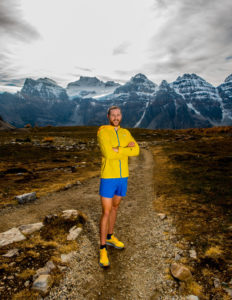
Age: 28 years old
T1D since: May 1998
Sample of races completed: Els 2900 Alpine Run; Ultra Trail Harricana; TransRockies Run; Wings For Life World Run; Caballo Blanco Ultramaraton; Fat Dog 100; The North Face Endurance Challenge; Yakima Skyline Rim 50K; Scorched Sole 50; Iron Legs 50; Calgary Marathon 50K
Sponsors: The North Face, Smartwool, Julbo Eyewear, Clif Bar, Xact Nutrition, Stoked Oats, and Animas
I don’t run ‘workouts’ during base-building. This means all running is at easy intensity. I run two or three high intensity ‘workouts’ weekly outside of the base phase. The workouts vary depending on where I am in my training cycle and the objective I am training towards (e.g. 100-mile mountain race, 8K cross-country race, 50K road race, etc.). I include a large volume of climbing each week, ~4,000m (with equal descent) on average. Peak weeks include ~10,000m of ascent (with equal descent).
CGM: Dexcom with G4 sensor
Glucometer: customized unit (Bayer Contour USB meter and One Touch Delica lancer) contained in a 3D-printed ‘Bundle’ case designed and produced by Jonathan Enns (a professor of architecture and designer at the University of Toronto who has T1D)
Insulin: Lilly – Humalog
Carb count per hour, on average, during training and ultramarathons: 50-70g
Approximate daily carb count for pre-race: 200-400g
Carb count for race-day morning: 35g breakfast + 25g pre-race bar
Approximately daily carb count for post-race: 500-1,000g
The landscapes I engage with stoke my motivation. The places I see in my travels, both underfoot in-person and in my mind when imagining and mapping upcoming travel waylay burnout and fuel my drive. My relationship with my family, friends, colleagues, and mentors broadens my understanding of the world and provides inspiration and motivation for new avenues of exploration and adventure.
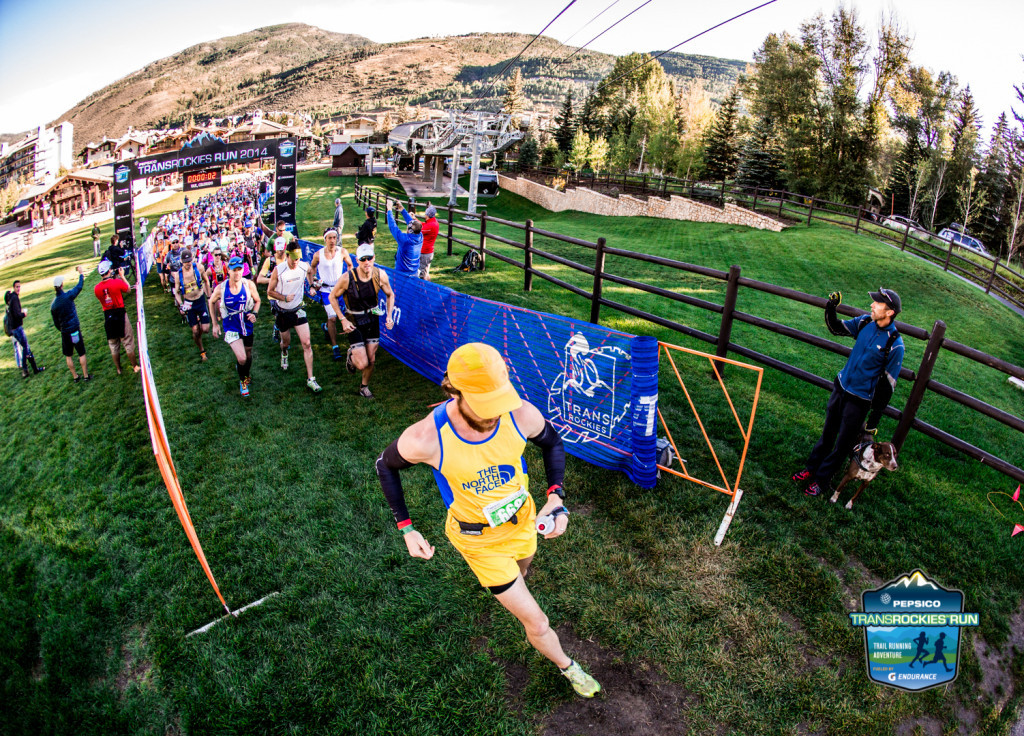
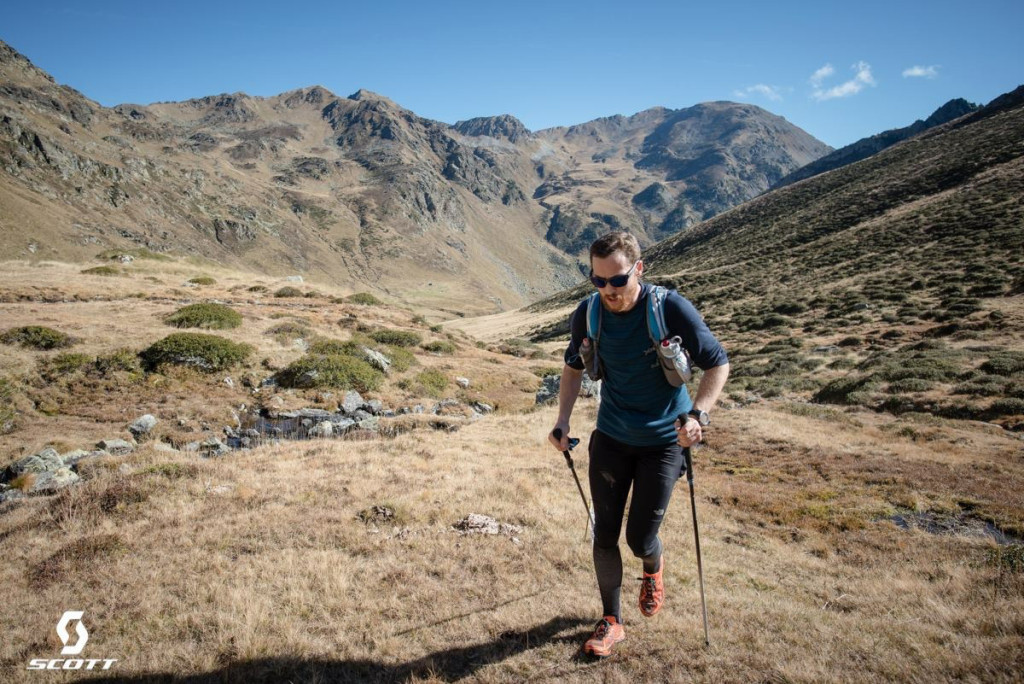
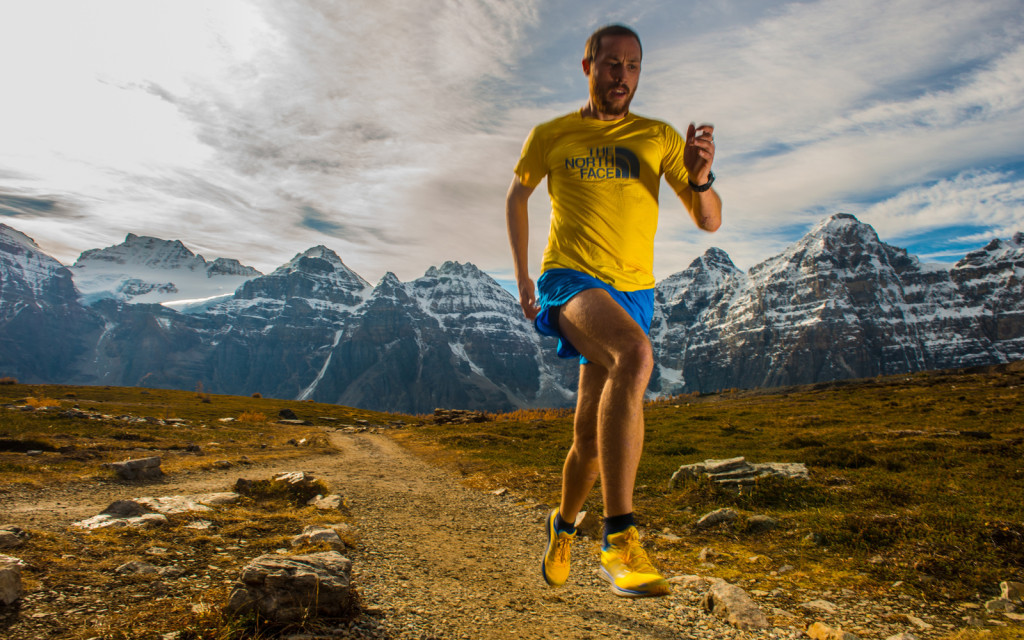
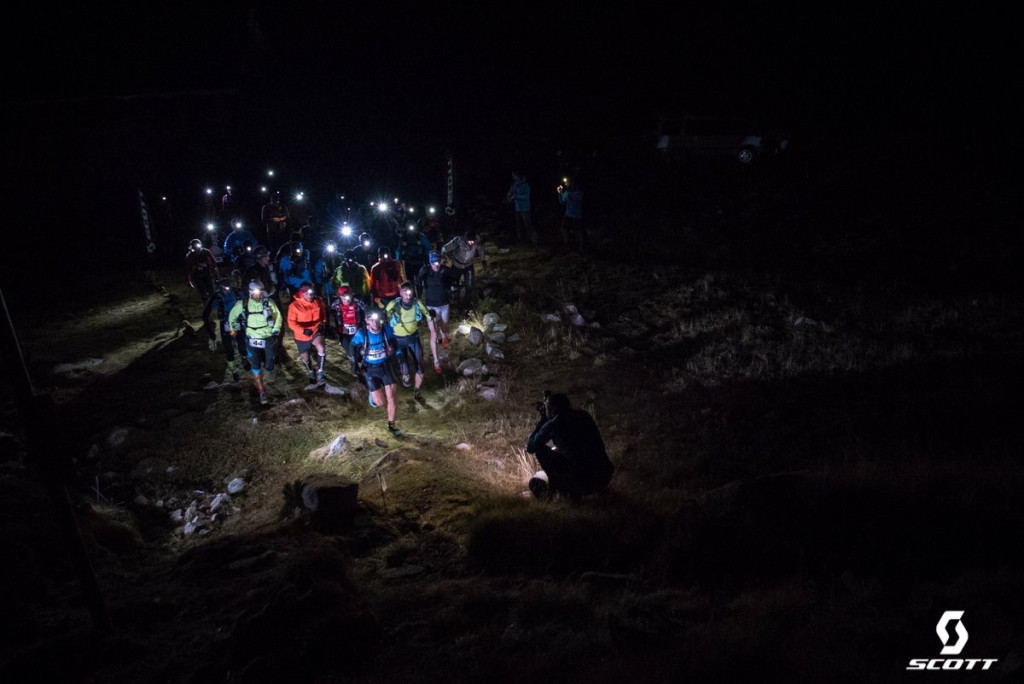
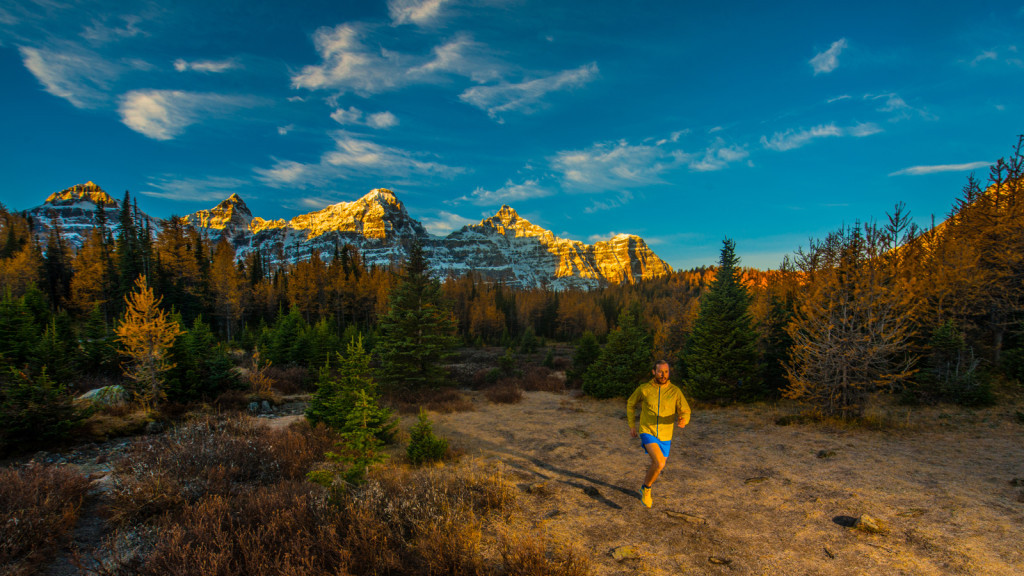
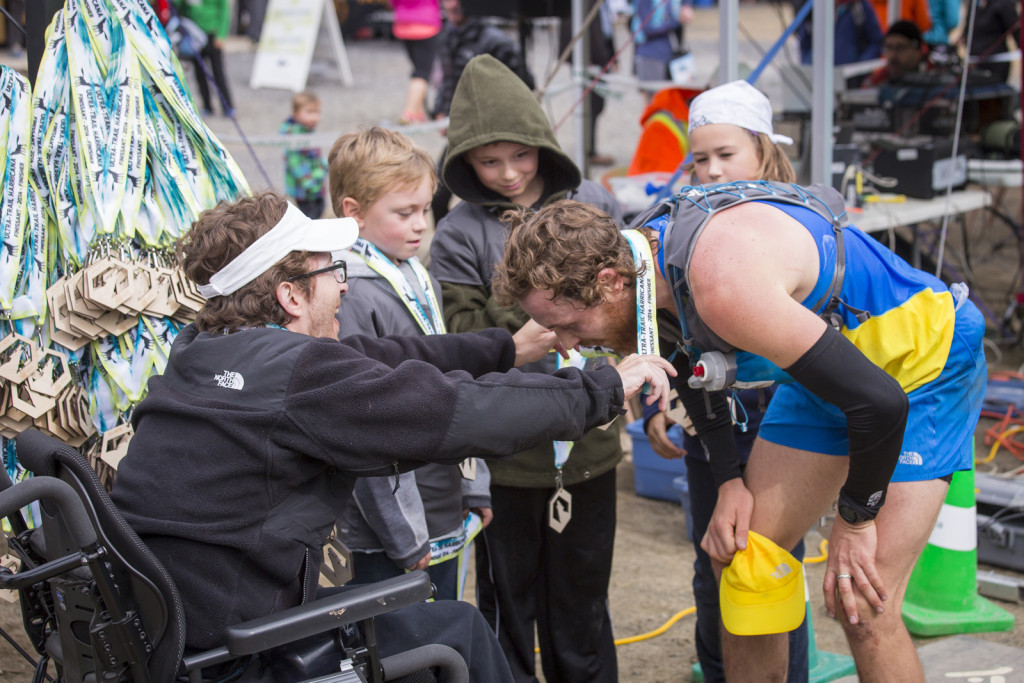
Excellent read! Very interesting to see just how an athlete of this caliber manages T1D during such intense exercise. I learned a few things I will apply when managing my sugars while surfing.
Thanks for such an awesome interview!
Always great to hear how you prepare and run your races… or adventures! It was great to learn more abut how you manage your blood sugar and T1D too! Thanks for the great article!
Hi Lawrence, I agree. Talking to Ian was inspiring as well as informative. I’ll pass along the message. Thank you!